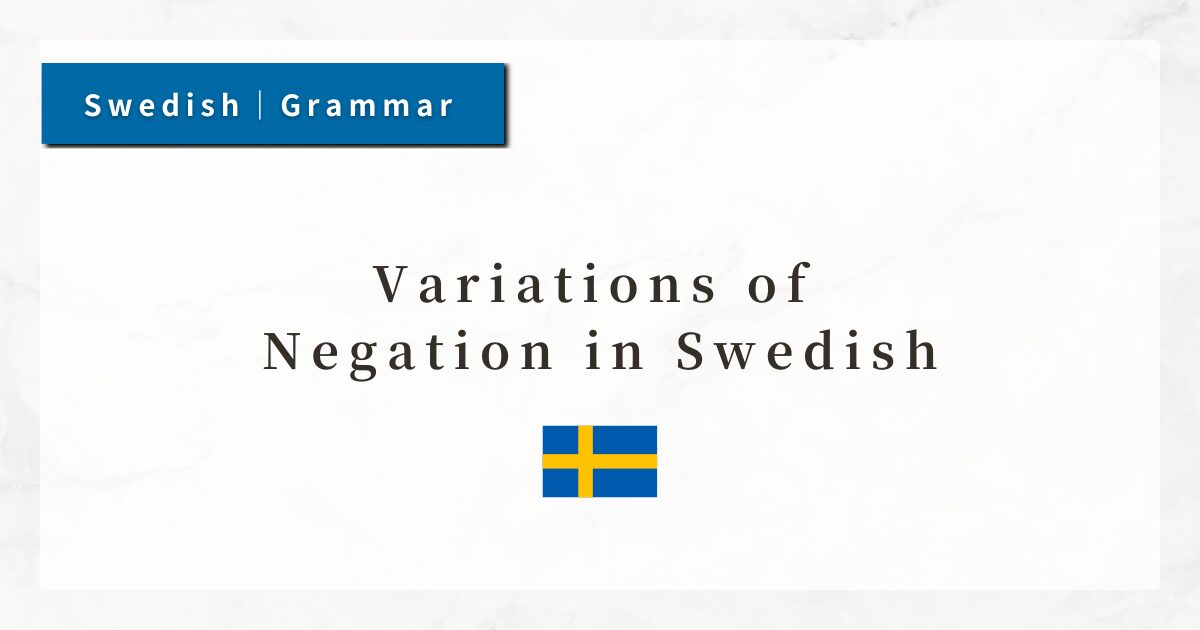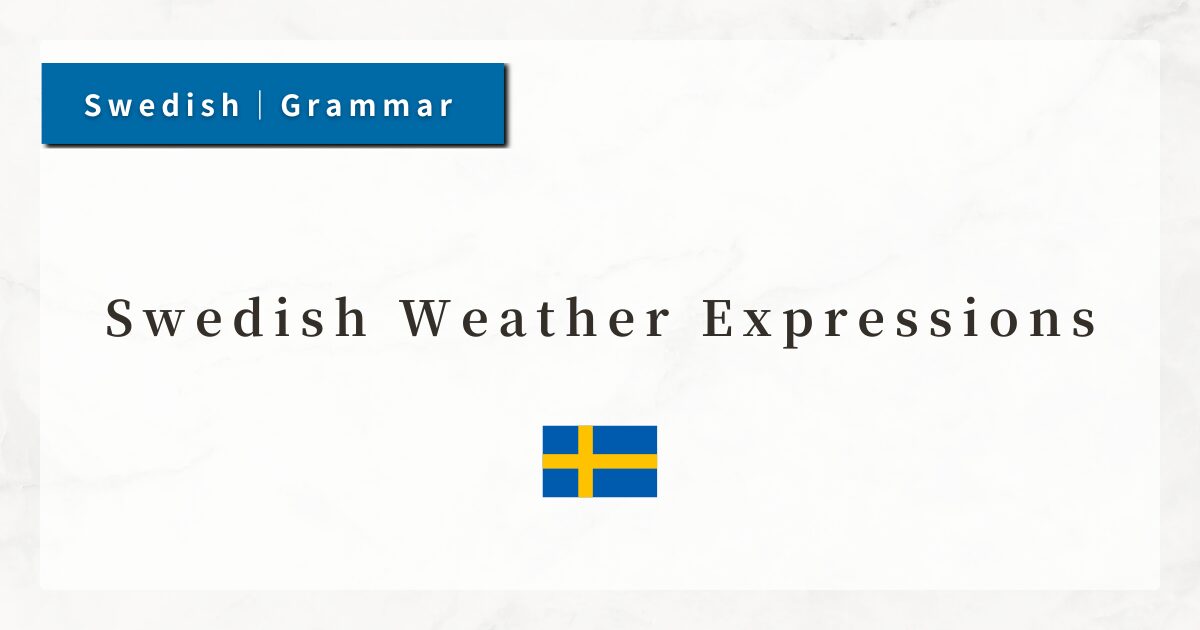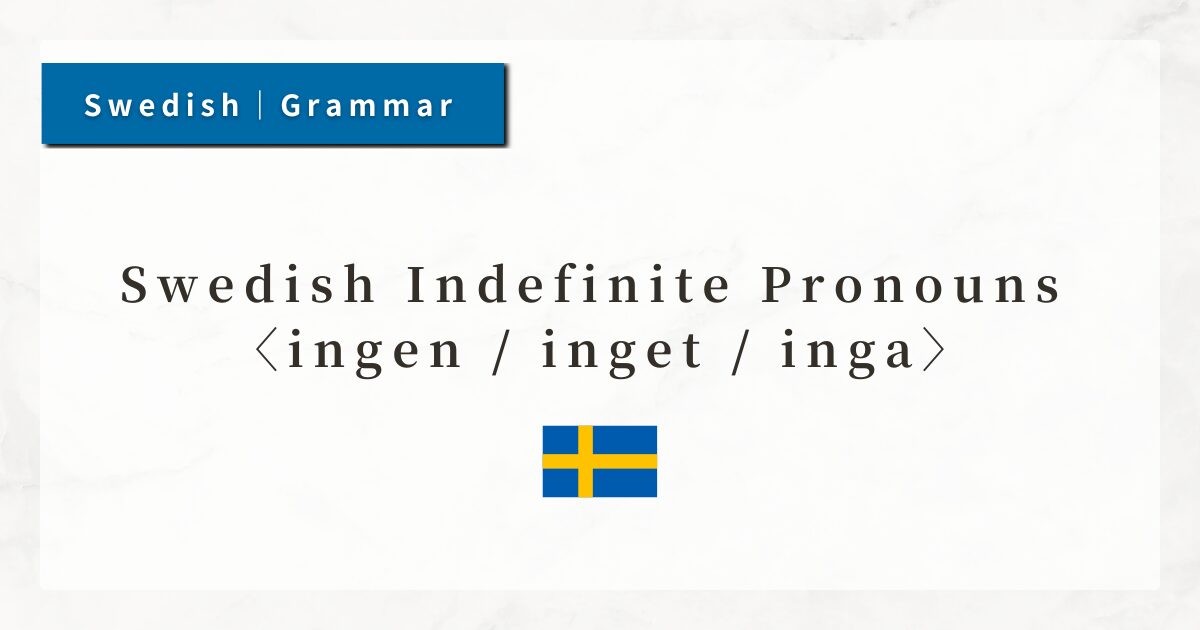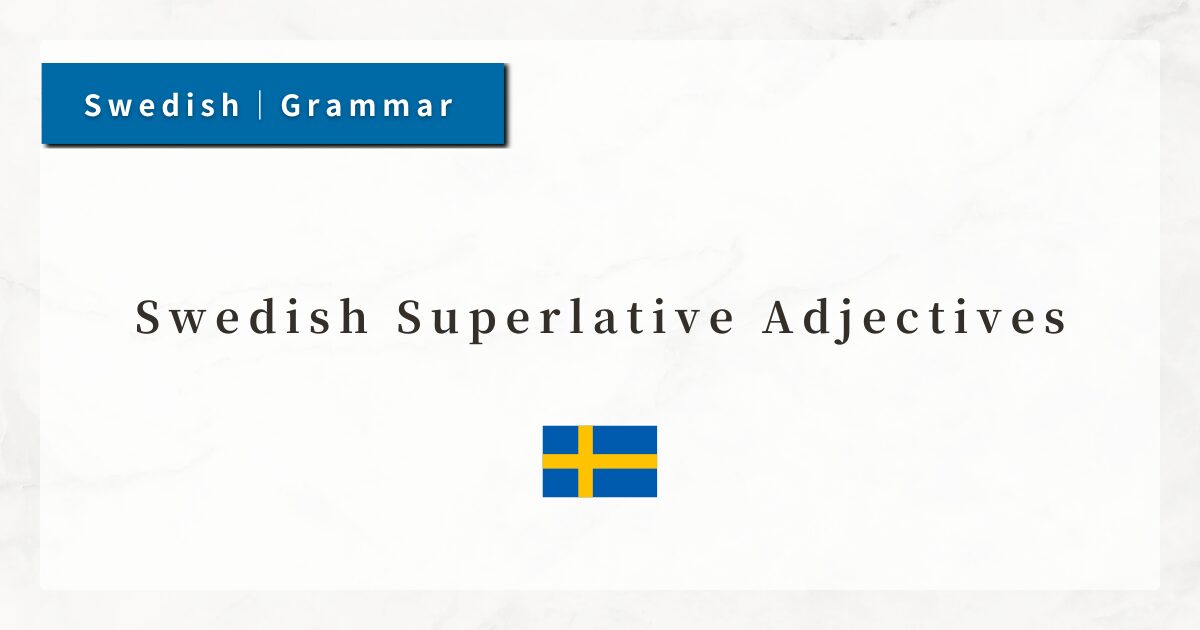#17 Swedish Imperatives|Conjugation Rules and Examples
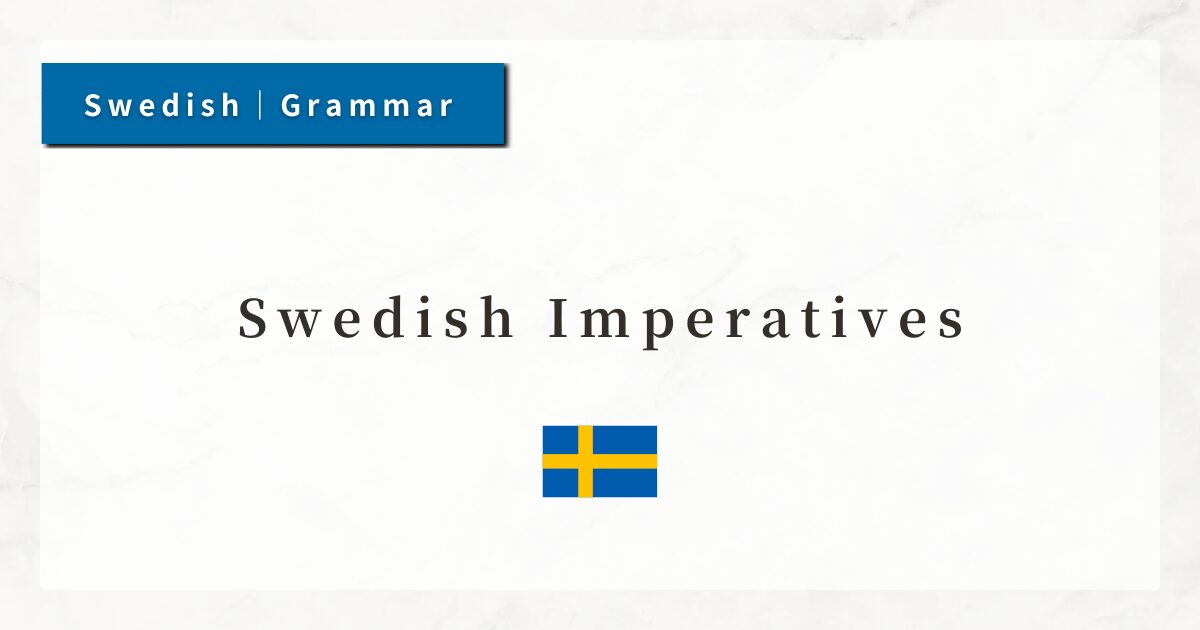
In Swedish, the imperative form is used when giving commands, requests, or advice, such as “Sit down,” “Look!” or “Hurry up!” Just like English (“Sit down.” / “Look!”), the imperative is commonly used in Swedish.
The verb changes are not very complex, and once you learn the basic rules, you can use this form with ease.
In this lesson, I will explain how to form and use the imperative in Swedish, with clear examples.
1. What is the Imperative?
The imperative in Swedish is a basic form used to tell someone to do something, to make a request, or to give advice.
As in English, the subject (usually du = “you”) is omitted, and the verb is placed at the beginning of the sentence.
- Öppna fönstret.
(Open the window.) - Lyssna!
(Listen!) - Sitt ner.
(Sit down.)
In these examples, the verbs öppna (to open), lyssna (to listen), and sitta (to sit) are used in their imperative forms.
2. How to Form the Imperative:
2-1. Group 1 Verbs
Swedish verbs are divided into groups according to their conjugation patterns.
For Group 1 verbs, the infinitive form is the same as the imperative.
| Infinitive | Imperative | Meaning |
|---|---|---|
| tala | tala | to speak |
| arbeta | arbeta | to work |
| vänta | vänta | to wait |
Since Group 1 verbs can usually be used directly, they are the easiest group for beginners to learn.
2-2. Group 2 Verbs
For Group 2 verbs, the imperative is formed by removing -a from the infinitive.
| Infinitive | Imperative | Meaning |
|---|---|---|
| läsa | läs | to read |
| skriva | skriv | to write |
| köpa | köp | to buy |
2-3. Group 3 Verbs
Group 3 verbs are fewer in number and somewhat irregular. In most cases, their infinitive and imperative forms are the same, similar to Group 1.
| Infinitive | Imperative | Meaning |
|---|---|---|
| bo | bo | to live |
| tro | tro | to believe |
| må | må | (to be, to feel) |
Although they are limited in number, common verbs such as bo and tro are essential and should be memorized.
2-4. Group 4 Verbs (Irregular Verbs)
Group 4 contains many irregular verbs. Their imperative forms must be learned individually.
| Infinitive | Imperative | Meaning |
|---|---|---|
| vara | var | to be |
| gå | gå | to go |
| göra | gör | to do |
| komma | kom | to come |
Particularly, vara → var and göra → gör are extremely common and must be learned.
3. How to Form Negative Imperatives
To tell someone not to do something, add the negative word inte immediately after the imperative verb.
- Tala inte!
(Don’t speak!) - Rör inte det!
(Don’t touch that!) - Var inte rädd.
(Don’t be afraid.)
This is equivalent to English “Don’t + verb.” However, unlike English, Swedish does not use a helping verb like do.
Instead, it simply uses “verb + inte.” Therefore, it is important to remember the correct placement of inte when using the imperative.
4. The Imperative as a Polite Request
Because the imperative can sound direct or even harsh, it is not always the best choice when making a polite request.
For softer expressions, Swedish often uses alternative polite phrases:
| Expression | Usage | Example |
|---|---|---|
| snälla | Please | Snälla, hjälp mig. (Please, help me.) |
| kan du …? | Could you …? | Kan du öppna dörren? (Could you open the door?) |
| skulle du kunna …? | Would you be able to …? | Skulle du kunna vänta ett ögonblick? (Would you be able to wait a moment?) |
The imperative is best suited for expressing strong intention or giving immediate instructions.
For everyday requests, phrases with snälla or “kan du …?” sound more natural.
5. Applied Use of the Imperative
In conversation, the imperative often combines with interjections or forms of address, making the expression livelier:
- Titta nu!
(Look now!) - Kom igen!
(Come on! / You can do it!) - Var tyst!
(Be quiet!)
The nuance of these expressions varies depending on tone, strength, and the relationship between speakers, so context is very important.
6. Summary
- The imperative is formed by omitting the subject and placing the verb at the beginning.
- Group 1&3 : infinitive = imperative.
- Group 2: remove -a from infinitive.
- Some verbs (e.g., gå, kom, gör) are irregular and must be memorized individually.
- Add inte after the verb to form negative imperatives.
- For polite requests, use alternatives such as “snälla”, “kan du …?”, or “skulle du kunna …?”
- The imperative can sound too strong, so adjust the level of politeness according to the situation.

